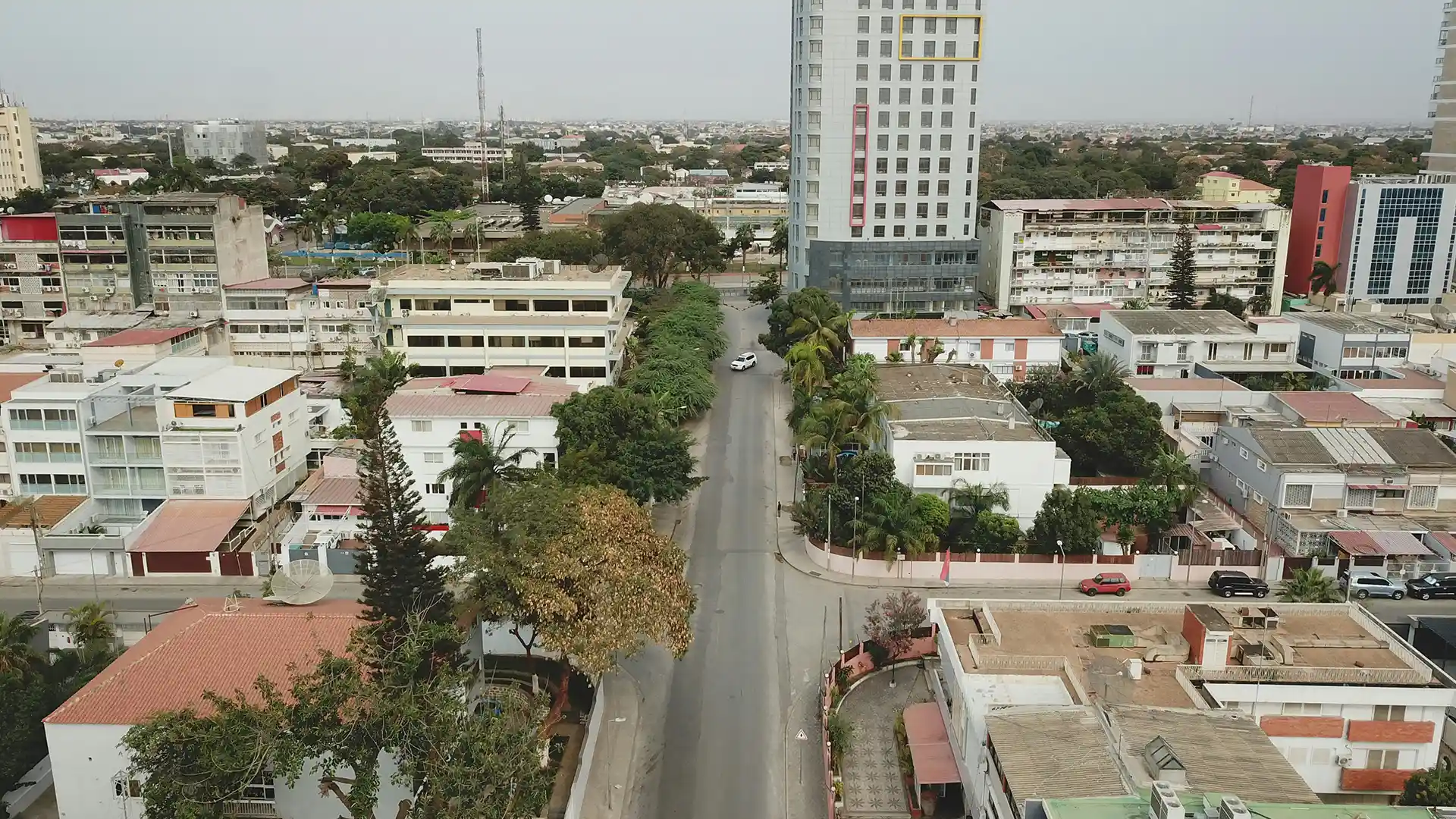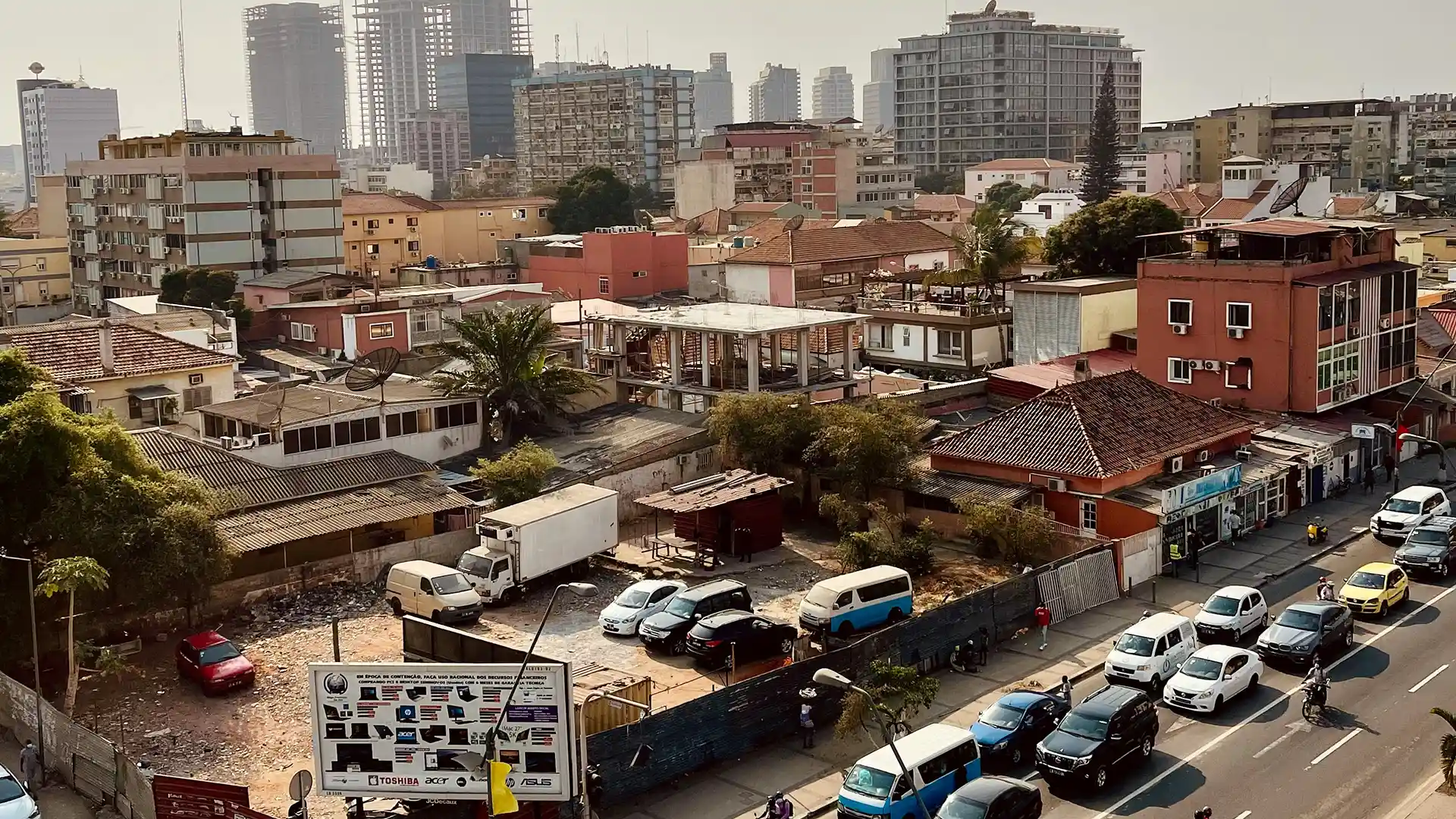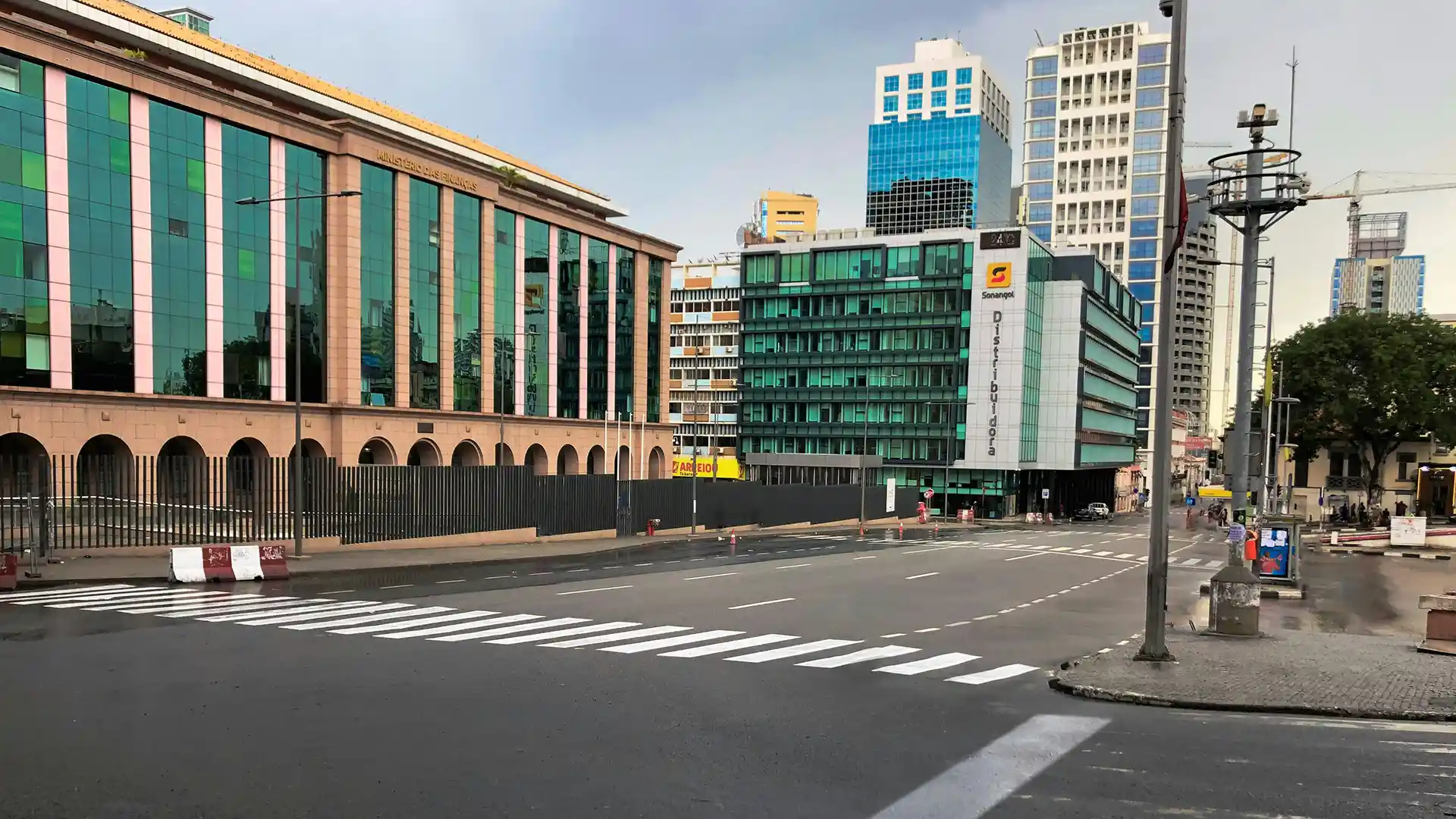Experience Luanda
Luanda is a unique blend of African and Portuguese influences, reflected in its cuisine and architecture.

Overview
Luanda, the capital city of Angola, is a vibrant city that boasts a rich history and culture. As one of the largest cities in Africa, Luanda is a hub of commerce, trade, and industry. The city is known for its stunning architecture, beautiful beaches, and vibrant nightlife. Visitors to Luanda can explore the many museums and galleries that showcase the city’s unique cultural heritage, or take a stroll through the picturesque streets and enjoy the local cuisine. With its friendly people, warm weather, and laid-back vibe, Luanda is a must-visit destination for any traveler looking to experience the best of African culture and hospitality.
City History
Luanda, the bustling capital of Angola, has a rich and storied history that dates back to its founding in 1576 by Portuguese explorer Paulo Dias de Novais. Situated along the Atlantic coast, Luanda quickly became a strategic port and trading post for the Portuguese Empire, playing a pivotal role in the transatlantic slave trade. Over centuries, the city grew under colonial rule, blending Portuguese cultural influences with indigenous African traditions, which is evident in its architecture, cuisine, and cultural practices.
In the 19th and early 20th centuries, Luanda experienced significant urban development, becoming a prominent center for commerce and education in Portuguese West Africa. The city’s infrastructure expanded, and its economy thrived, driven by industries such as coffee, sugar, and oil. However, the struggle for independence in the mid-20th century led to decades of conflict, deeply affecting the city and its inhabitants.
Angola achieved independence from Portugal in 1975, but Luanda was soon engulfed in a brutal civil war that lasted until 2002. Despite these hardships, the resilience of Luanda’s people shone through, and the city began a period of reconstruction and growth following the war’s end. Today, Luanda is a vibrant metropolis, known for its bustling port, thriving oil industry, and dynamic cultural scene.
The cityscape of Luanda reflects its historical journey, with colonial-era buildings standing alongside modern skyscrapers. Key landmarks include the Fortress of São Miguel, built in 1576, which offers panoramic views of the city and the Atlantic Ocean, and the Iron Palace, believed to be designed by Gustave Eiffel. The Marginal, a picturesque coastal promenade, is a testament to the city’s modern development, offering a scenic escape amidst the urban hustle.
Things to See
Fortaleza de São Miguel – This historic fortress is one of the oldest buildings in Luanda and offers stunning views of the city and the sea. Built in the 16th century by the Portuguese, it was used as a prison during the colonial era.
Mausoleum of Agostinho Neto – This impressive monument honors the first president of Angola, who led the country to independence from Portugal in 1975. The mausoleum is located in a beautiful park that’s perfect for a leisurely stroll.
National Museum of Slavery – Angola was one of the main ports for the transatlantic slave trade, and this museum tells the story of the millions of people who were forcibly taken from Africa to the Americas. It’s a sobering but important visit.
Miradouro da Lua – This stunning natural attraction is located about an hour’s drive from Luanda, but it’s well worth the trip. The “Moon Viewpoint” offers breathtaking views of a lunar-like landscape of rocky cliffs and canyons.
Iron Palace – Built in 1890, this ornate palace was the residence of the Portuguese governor and later the Angolan president. It’s now used for official functions, but visitors can admire the beautiful architecture from the outside.

Getting In
By Air: The Quatro de Fevereiro International Airport (LAD) is the main airport serving Luanda, and it’s located just a few kilometers from the city center. The airport is served by several major airlines, including Emirates, Ethiopian Airlines, South African Airways, and TAAG Angola Airlines. There are also several regional airlines that fly to Luanda, such as Air Namibia, Kenya Airways, and RwandAir.
By Sea: If you’re arriving in Angola by sea, you may be able to dock at the Port of Luanda. This major seaport is located in the heart of the city and is used for both cargo and passenger ships. However, it’s worth noting that passenger ships are relatively rare, and most visitors arrive in Luanda by air.
By Land: Angola shares borders with several neighboring countries, including Namibia, Zambia, and the Democratic Republic of Congo. However, land travel can be difficult and time-consuming due to poor road conditions and border controls. It’s generally recommended to fly into Luanda if you’re coming from outside of Angola. Once you’ve arrived in Luanda, you can get around the city by taxi, bus, or rental car. Taxis are plentiful and relatively inexpensive, although it’s important to negotiate the fare in advance. Buses are also available, but they can be crowded and uncomfortable. If you’re planning to explore the city and surrounding areas, renting a car may be the best option.

Currency
The currency used in Luanda, the capital city of Angola, is the Angolan kwanza (AOA). The kwanza was first introduced in 1977, replacing the Portuguese escudo, and has since undergone several revaluations. Currently, the kwanza is subdivided into 100 smaller units called “cêntimos”. The currency is issued and regulated by the National Bank of Angola, and its exchange rate is influenced by various factors such as inflation, political stability, and the country’s economic performance.
General Knowledge Base
General information about Luanda city, Angola.
Luanda is the capital city of Angola.
Luanda has a population of over 7 million people, making it one of the largest cities in Africa.
The official language of Luanda is Portuguese, but many people also speak Kimbundu and Kikongo.
he famous beach in Luanda is called Ilha do Cabo.
The largest market in Luanda is called Roque Santeiro.
The main avenue in Luanda is called Avenida 4 de Fevereiro.
The largest stadium in Luanda is called Estádio 11 de Novembro.
The famous cultural center in Luanda is called Centro Cultural Português.
